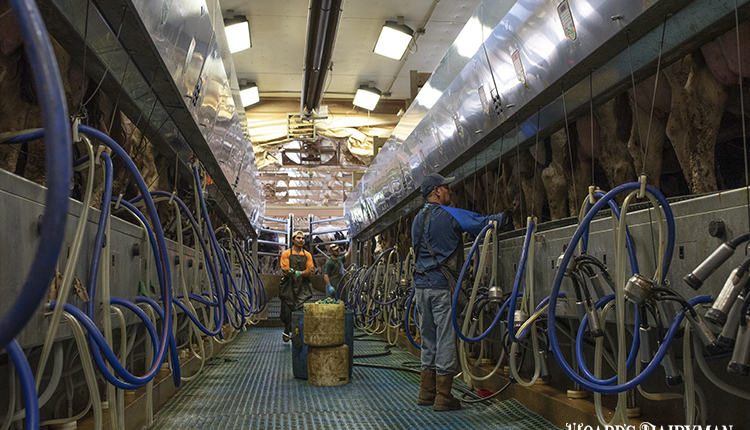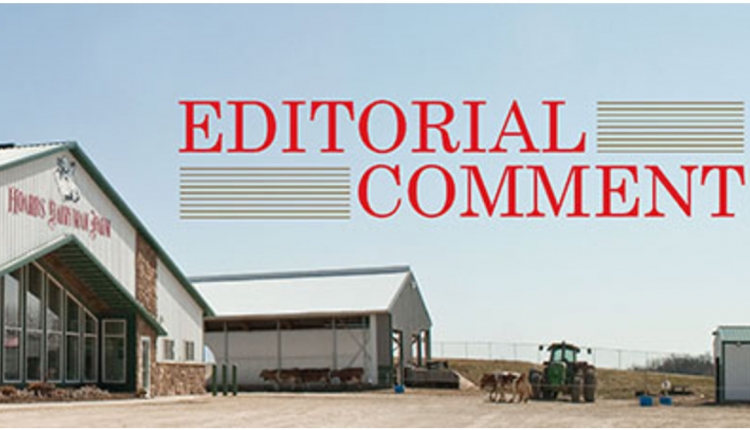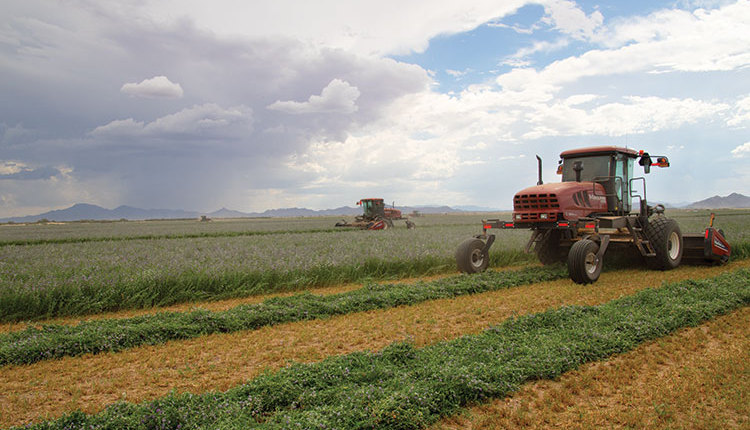
Those of us in production agriculture pride ourselves in being resilient and self-sufficient. We’re accustomed to dealing with the daily uncertainties of nature, weather, markets, and government. We take great pride in being considered “essential” to society, but the threats and impacts of a worldwide pandemic is something few of us could have ever imagined.
Parallel crisis
A universal pandemic causes “parallel crisis.” As COVID-19 spread through Asia, it set off a global oil price war between Saudi Arabia and Russia that drove world oil prices into the ground. Given worldwide sheltering in place, oil demand “tanked,” and now we’re running out of worldwide oil storage due to oversupply. This has made ethanol production economically unsustainable worldwide.
Given that 41% to 44% of the U.S. corn crop is used for ethanol production, the distilling industry has also become unsustainable and is being forced into near shutdown. A strong corn basis has collapsed, along with prices, and distillers grains are now over $200 per ton, if they can be found. Most ethanol plants have slowed production and ethanol shipments may be completely canceled.
Producers are scrambling to find feed replacements for inexpensive distillers grains. An alternative is to feed inexpensive corn, and protein meals. That demand has sent the soybean complex soaring and is now altering planting intentions. Inexpensive wheat midds are now largely sold out, and with no sports events, entertainment, taverns, bars, and restaurants operating, keg lines at breweries are in shutdown, diminishing brewing industry by-products.
Losing these product sources has affected trucking backhaul opportunities, efficiencies, and raised transportation costs. Long haul trucking can find inexpensive fuel but is desperately short of all the other support amenities, such as service, food, lodging, and showers. Most all trucking paperwork must be handled as paperless as possible, and drivers cannot even exit their trucks in many places.
As COVID-19 spreads, we are now seeing human food plants shut down for deep cleaning as plant workers are discovered with the virus. Virtually all enterprises deemed “essential” will ultimately be affected, slowed, or closed as the virus spreads through their workforces, even with all the preventative measures taken. The economic impact of all this is enormous and defies measurement. Life as we have known it has been dramatically changed for the foreseeable future.
The cracked crystal ball for milk markets
There will be a lot of milk without homes in the coming weeks. This will push down milk markets for the foreseeable future, and we may see significant volumes of milk being dumped. I am happy for the dairymen that used the fourth quarter of 2019 and early 2020 to forward price milk.
The milk supply is burdensome, and we need to pull back production. We foresee quotas being enforced throughout the entire country, which severely penalize all over base production. One processor had been offering less than $10 per hundredweight (cwt.) for over base milk in California, and soon that milk will have no value. Idaho over quota milk production had less than $5 per cwt. of value and will also go to zero.
We could see a jump in milk markets as we rebuild supply once this chaos is under more control, but the question remains: When will that happen? Dairymen may be thinking the milk market will come back and are holding cattle, but currently there is more money in the meat and feed, rather than making milk. We see Class VI milk below $11 per cwt. and Class III at $12.50 per cwt. for the coming months.
For most of our lives here in the United States, we have enjoyed what I would describe as a largely secure and predictable environment. It wasn’t until I traveled internationally, doing dairy work across the developing world, that I began to realize the insecurity in our world.









